Over spring break I went home, and traveled to Harriman State Park in New York, specifically the Island Pond area. The area in New York is similar to my location in Burlington because they are both near water, one being a river, and one being a pond. Also, my spot in New York had approximately 2 feet of snow, similar to my phenology spot in Burlington 2 months ago. While the heavy snow made it difficult to see any leaves on the trees, On my hike, I noticed a few different trees, some being Red Oak, Sugar Maple, and Beech. I also saw signs of recent woodpecker activity in the form of holes in trees. The area also appeared to be a healthy forest as there was a good amount of species diversity. I also noticed rabbit tracks in the snow, as well as fox tracks. Unlike much of the New Jersey New York area, Harriman State Park has been mostly preserved by the Harrimans, a family who’s estate protected the area, and turned it into a state park in 1910.
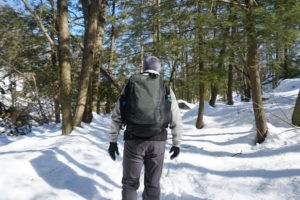
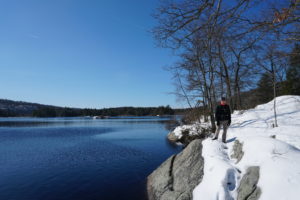
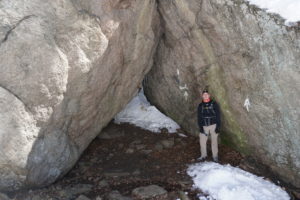

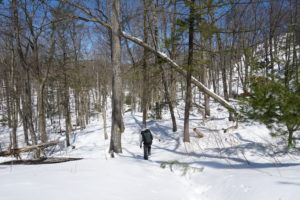
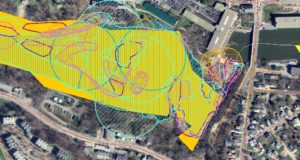
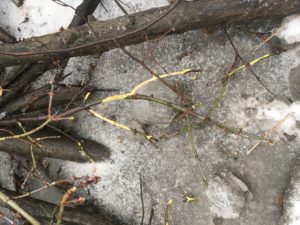
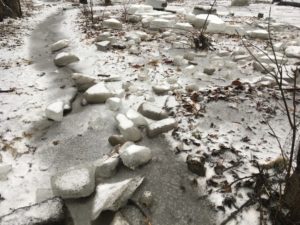
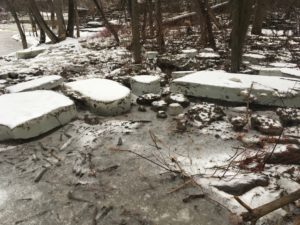

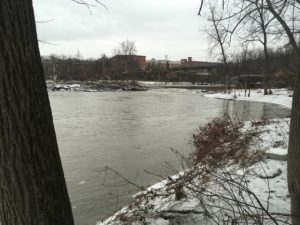
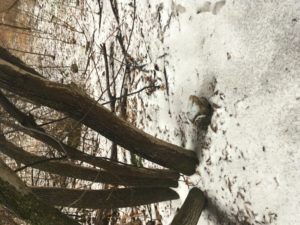
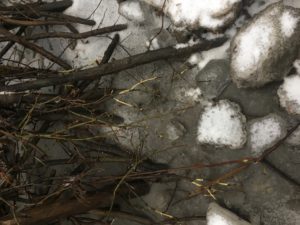
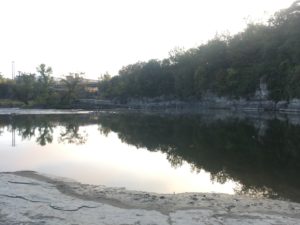
Recent Comments